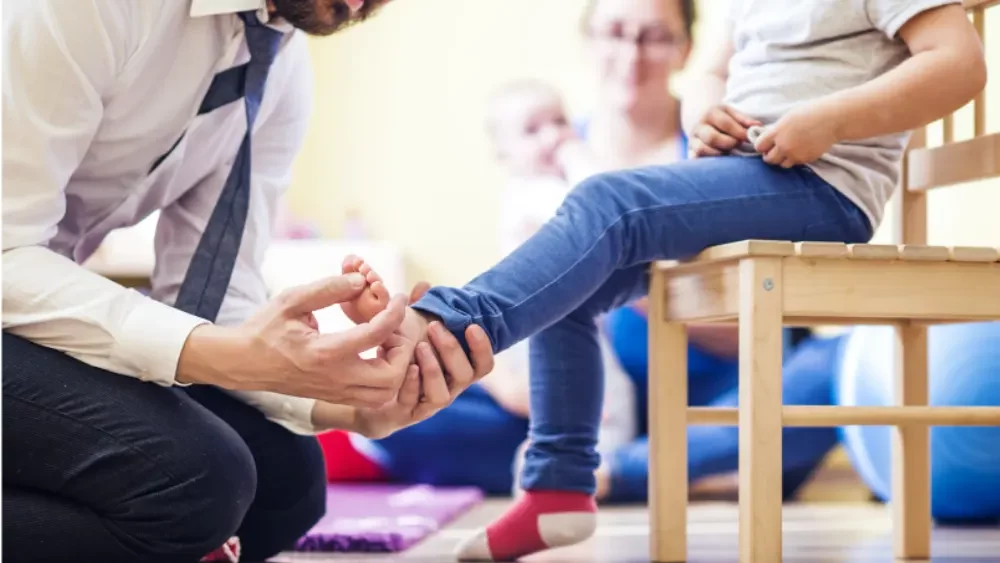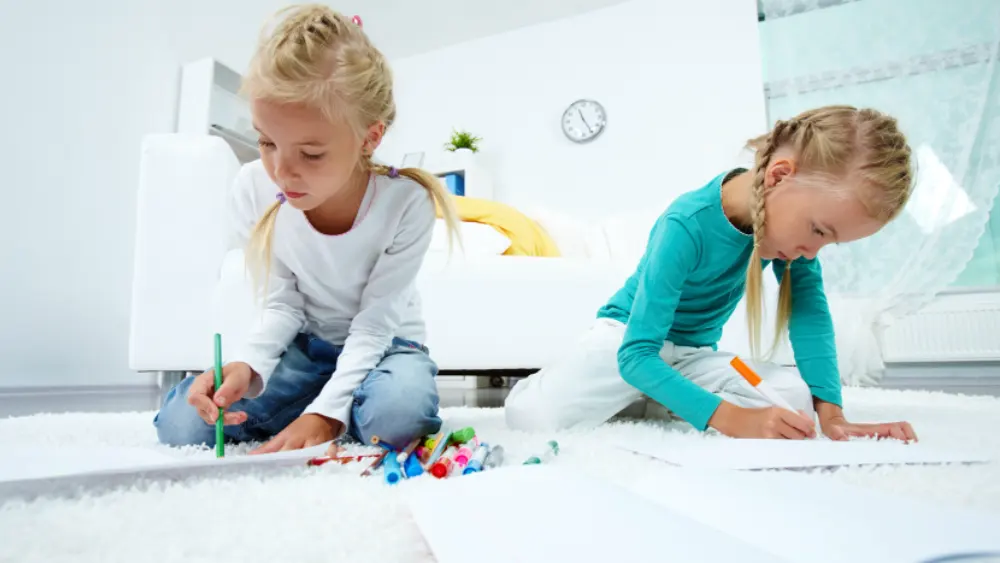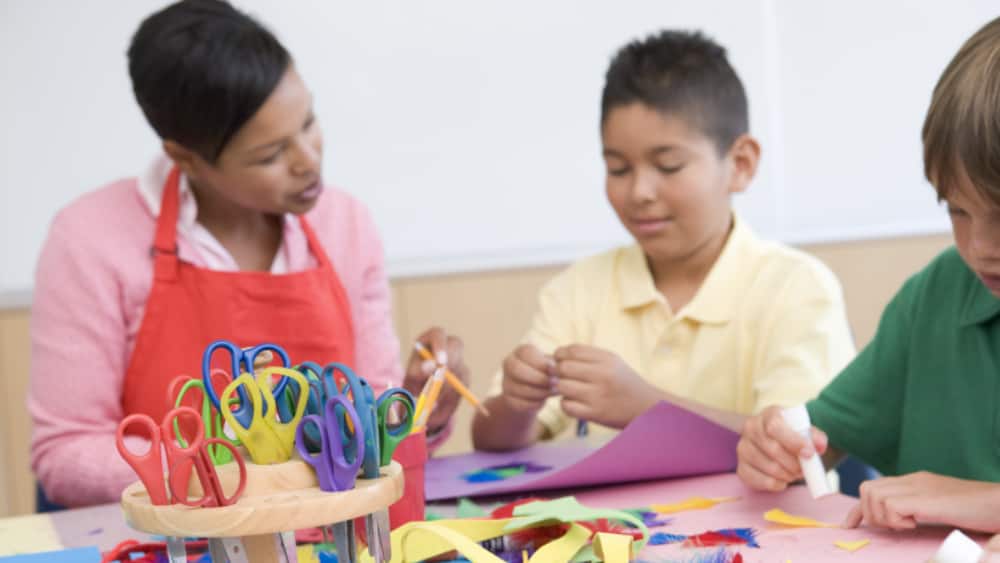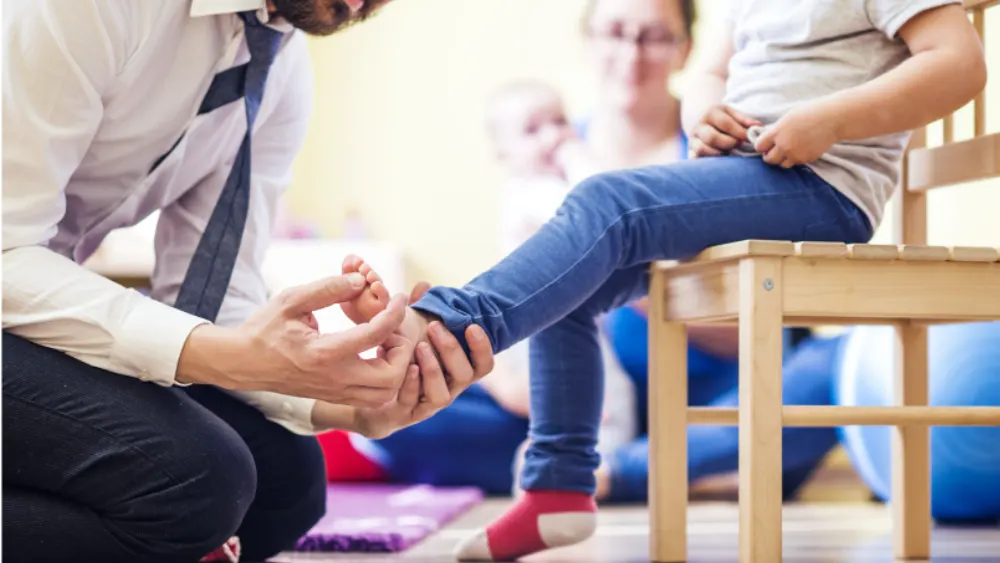As a parent, you’re always doing your best to help your child succeed, but it can feel a bit overwhelming sometimes, especially when behaviors that challenge come up. You might find yourself wondering, “Am I handling this the right way? Is there more I could be doing?” If this sounds familiar, don’t worry – you’re not alone, and there are practical, proven techniques that can help.
That’s where Registered Behavior Technicians (RBTs) come in. RBTs use simple, effective strategies to guide children’s behavior and teach important skills. The best part? You don’t have to be in an office or classroom – you can actually use some of these techniques at home. Below, we’ll share easy-to-follow tips that can help you better support your child, reduce stress, and celebrate their progress – one step at a time.
What an RBT Is and Why It Matters for Parents
Not sure what an RBT is? Registered Behavior Technicians (RBTs) are professionals trained in Applied Behavior Analysis (ABA), which is a professional way of saying they use evidence-based methods to help children improve behaviors and learn new skills.
They work under the supervision of a Board Certified Behavior Analyst (BCBA) and play an important role in many kids’ development, especially those with autism or other behaviors that challenge.
Learning a few key RBT techniques (or becoming one yourself!) can make a big difference in how you respond to your child’s behavior, whether it’s encouraging positive habits or managing those tougher moments. When parents and therapists are on the same page, children are more likely to make consistent progress, and your home becomes a more supportive and calm environment for everyone.
Key RBT Techniques for Home
Now that you know a bit about what RBTs do, let’s talk about how you can use some of their most effective techniques at home. These strategies are simple but powerful, and they can make a big difference in encouraging positive behavior and helping your child learn new skills. Plus, they’re easy to incorporate into your everyday routine.
1. Reinforcement
Reinforcement is all about rewarding your child when they do something positive, which encourages them to keep doing it. It could be as simple as giving praise (“Great job!”) or allowing extra time with a favorite toy. The key here is timing – try to give the reward right after the positive behavior happens, so they make the connection.
Quick tip: Consistency is key. The more regularly you reinforce positive behaviors, the more likely they’ll stick.
2. Prompting
Sometimes, kids need a little nudge in the right direction, and that’s where prompting comes in. Whether it’s a verbal reminder (“Don’t forget to put your shoes on”) or a visual cue (like a picture of the steps for brushing teeth), these cues can help guide your child through tasks.
Quick tip: Start with a more obvious prompt, like physically guiding their hand, then slowly fade it out so they can do the task on their own.
3. Task Analysis
Some tasks, like getting dressed or brushing teeth, can seem overwhelming for kids because there are so many steps. Task analysis helps by breaking these tasks into smaller, more manageable parts. For example, instead of just telling your child to “get dressed,” you can break it down into steps like: pick out clothes, put on shirt, put on pants, and so on.
Quick tip: Focus on one step at a time, and celebrate each little victory!
4. Shaping
Shaping is all about encouraging progress toward a goal, even if your child isn’t doing the full task perfectly yet. Let’s say you’re working on saying “please” before asking for something. If they start by saying just the “p” sound, you can reward that small effort and keep building on it until they say the whole word.
Quick tip: Don’t wait for perfection – reinforce any small step in the right direction.
5. Errorless Learning
Kids can get discouraged if they keep making mistakes, which is where errorless learning comes in. This method focuses on minimizing errors by guiding your child to the right answer or behavior from the start. For example, if they’re learning to identify colors, you can ask them to point to the color red and immediately guide their hand to the red object if they’re unsure.
Quick tip: The goal is to help them feel successful and build confidence, so give lots of praise when they get it right.
These techniques are simple to use, but they can make a huge difference in supporting your child’s learning and behavior at home. And remember, it’s not about doing everything perfectly- just taking small steps to create a positive, encouraging environment for your child!
Try Our RBT Training Program For Free
Supporting your child’s growth and navigating behaviors that challenge doesn’t have to feel overwhelming. By using a few simple RBT techniques, you can make a big impact at home. These strategies help create a positive environment where your child feels supported, and they’re easy to weave into your everyday routines.
Remember, it’s not about being perfect or having all the answers. It’s about trying new approaches, staying patient, and celebrating the small wins along the way. If you’re ready to learn more about how to apply these techniques, why not take the next step?
We’re offering the first module of our RBT training program for free! It’s a great way to see how these strategies work in practice and gain more confidence in supporting your child.
Or, if you want more tips, be sure to check out our YouTube Channel. Our experts are here to make sure you have the strategies you need to best support your kids!









